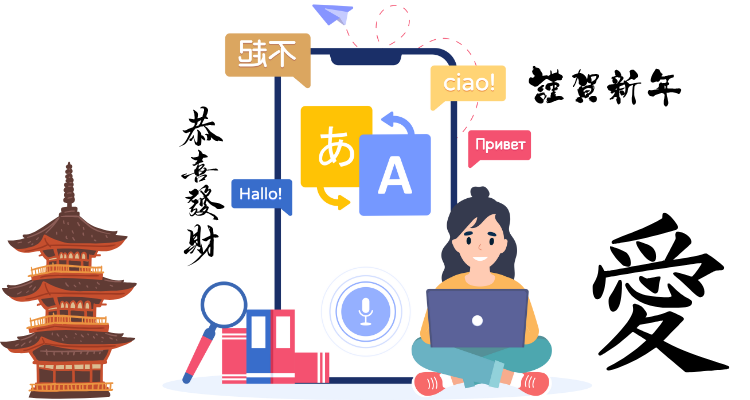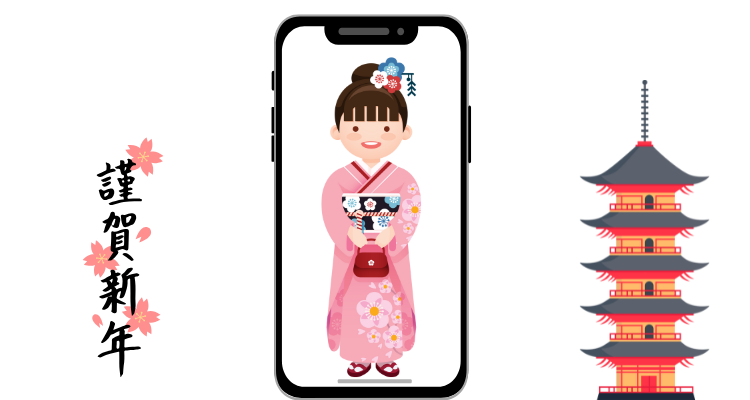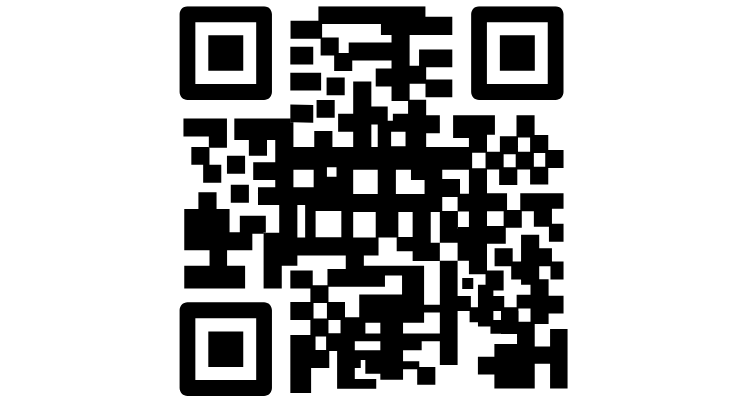Japan isn’t just a place you visit—it’s a place you experience. And to truly enjoy it, you need to understand the small details that make the culture so rich. Staying in a traditional ryokan (a Japanese inn) offers just that—a quiet glimpse into centuries-old customs.
While the experience is rooted in tradition, today’s travellers can rely on a few modern tools to navigate it more easily. That includes having the best esim for Japan so you’re always connected without being disruptive.
Table of Contents
ToggleSmart Tools That Help You Respect Ryokan Customs
Staying at a ryokan is more than just booking a room — it’s about experiencing Japanese hospitality and tradition. However, for first-time travelers, understanding all the customs can feel overwhelming. Thankfully, smart tools can help you follow ryokan etiquette without making any cultural missteps.
1. Translation Apps

Language barriers are one of the biggest challenges when staying at a traditional ryokan. These apps can help you communicate clearly and respectfully:
- Google Translate: Instantly translates menus, signs, and conversations. Use the camera feature to read signs or room instructions written in Japanese.
- Waygo: Designed for Asian languages, Waygo helps you translate Japanese text without needing an internet connection — perfect for remote ryokan locations.
2. Cultural Guide Apps

Learn about traditions, etiquette, and local customs before you arrive:
- Japan Official Travel App: Developed by Japan National Tourism Organization, this app offers verified etiquette tips, emergency info, and location-based guides.
- TripLingo: Offers cultural phrases, do’s and don’ts, and polite Japanese expressions for different situations — helpful during meals or while using communal baths.
3. Digital Onsen Timetables and Booking Tools

Many ryokans use digital tools to manage access to their onsen (hot springs) to ensure privacy and hygiene:
- View onsen availability in real time
- Book your preferred time slot without needing to ask in Japanese
- Some ryokans provide this through custom web links or in-house apps
This not only avoids confusion but helps maintain the quiet, respectful atmosphere onsen culture is known for.
4. QR Code-Based Room Guides and Instructions

Modern ryokans often place QR codes in guest rooms that:
- Link to digital guides on how to wear a yukata, when to visit the dining area, or how to use the tea set
- Provide multilingual instructions for amenities
- Ensure you don’t miss out on key customs or room features
No need to guess how things work — just scan and follow.
5. Wearable Tech for Silent Alerts and Reminders

If you’re worried about forgetting etiquette rules:
- Use smartwatches or fitness bands to set silent reminders (e.g., remove shoes before entering a tatami room, bathhouse booking time)
- Some high-end ryokans offer devices that gently buzz to notify guests about meal times or scheduled services
This lets you stay informed without disrupting the peaceful environment.
These smart tools bridge the gap between tradition and technology, helping you enjoy an authentic ryokan stay while respecting every detail of Japanese hospitality.
Understanding the Beauty of a Ryokan Stay
A ryokan stay is not your average hotel visit. It’s an invitation into a world of calm, hospitality, and deep-rooted etiquette.
You’ll take your shoes off at the entrance, sleep on futons placed on tatami mats, and wear yukatas (light robes) provided by the inn. Meals, often served in-room or in communal dining areas, are multi-course feasts called kaiseki.
Respecting these customs shows your hosts’ gratitude. Don’t be surprised if you’re asked to bathe before entering an onsen (hot spring). It’s all part of the experience, and learning these practices before your stay can go a long way.
Shoes Off, Slippers On: It’s a Ritual
One of the first things you’ll notice in Japan is the attention to footwear. In ryokans and many traditional Japanese homes, shoes are removed at the genkan (entrance) and replaced with slippers. It’s not just about cleanliness—it’s symbolic of leaving the outside world behind.
There are even separate slippers for the toilets. Mixing up slippers is a common mistake, so being aware of where and when to switch helps you avoid awkward moments.
Travellers can use note apps or translation tools on their phones to keep track of these rules, especially when signage is only in Japanese, and to organize their trip into multiple stories.
Dining Etiquette: More Than Just a Meal
Traditional Japanese meals, especially in ryokans, are about more than taste—they’re about presentation and respect. Before eating, it’s polite to say “Itadakimasu” (I humbly receive). After the meal, “Gochisousama deshita” (Thank you for the feast) shows your appreciation.
Avoid sticking chopsticks upright in your rice (it resembles funeral rituals) and refrain from pointing or gesturing with them. Instead, rest them neatly on a holder or across your bowl.
If you’re unsure about a dish, translation apps or even real-time search with the help of your mobile connection (powered by a Japan travel eSIM) can help you better understand what you’re eating.
Quiet, Please: Volume Matters in Japan
In public and shared spaces like ryokans, silence is golden. Speaking softly shows respect for others and promotes a peaceful environment. Loud phone calls, laughter, or even dragging luggage across tatami floors can feel intrusive.
To stay mindful, use headphones when watching videos or taking calls to avoid distractions. You can also rely on smart features like Do Not Disturb mode and vibration alerts. Travelling with the best esim for Japan helps you stay online and quiet—no need to shout directions or search for Wi-Fi passwords. eSIMs aren’t just useful in Japan; they’re also a great option for staying connected in other countries, like with eSIM in Europe, where you can avoid roaming fees and SIM card swaps.
Onsen Manners: The Art of Bathing
Bathing in an onsen is a sacred ritual. You must wash thoroughly before entering the communal hot spring, and swimsuits are not allowed. Long hair should be tied up, and towels must stay out of the water.
It may feel intimidating at first, but these customs are about hygiene and respect. Ryokans often have instructions in English, but having access to quick how-to videos or guides on your phone can be useful. Especially when paired with reliable data from a Japan esim, you’ll never feel lost in translation.
Timing and Politeness: The Japanese Way
Punctuality is a sign of respect in Japan. Whether it’s showing up on time for meals, check-in, or scheduled activities, being prompt is appreciated. Even when exploring cities, arriving early for reservations or transport is the norm.
Modern calendar apps, local transport alerts, and itinerary planners help keep you on schedule. With tech support at your fingertips, you can enjoy the traditional rhythm of your stay without stress.
The Balance of Modern and Traditional
What makes travelling in Japan special is how smoothly the old and new live side by side. You’ll walk past centuries-old temples and find a vending machine next door. Your ryokan room may not have a TV, but you can still stream your favourite podcast as you unwind with a view of the garden.
With a small, thoughtful use of technology, such as using an eSIM instead of a physical SIM card, you stay connected while respecting the serene and sacred nature of your surroundings. Just remember to keep it quiet, keep it clean, and keep it respectful.
Japan doesn’t demand that you be perfect—just polite, and aware. And with tools like translation apps, maps, quiet alerts, and the best esim for Japan on your phone, it’s easier than ever to travel smartly and kindly.
Travelling here is as much about what you bring as how you behave. When both tradition and tech come together, your trip to Japan becomes something even more meaningful.









